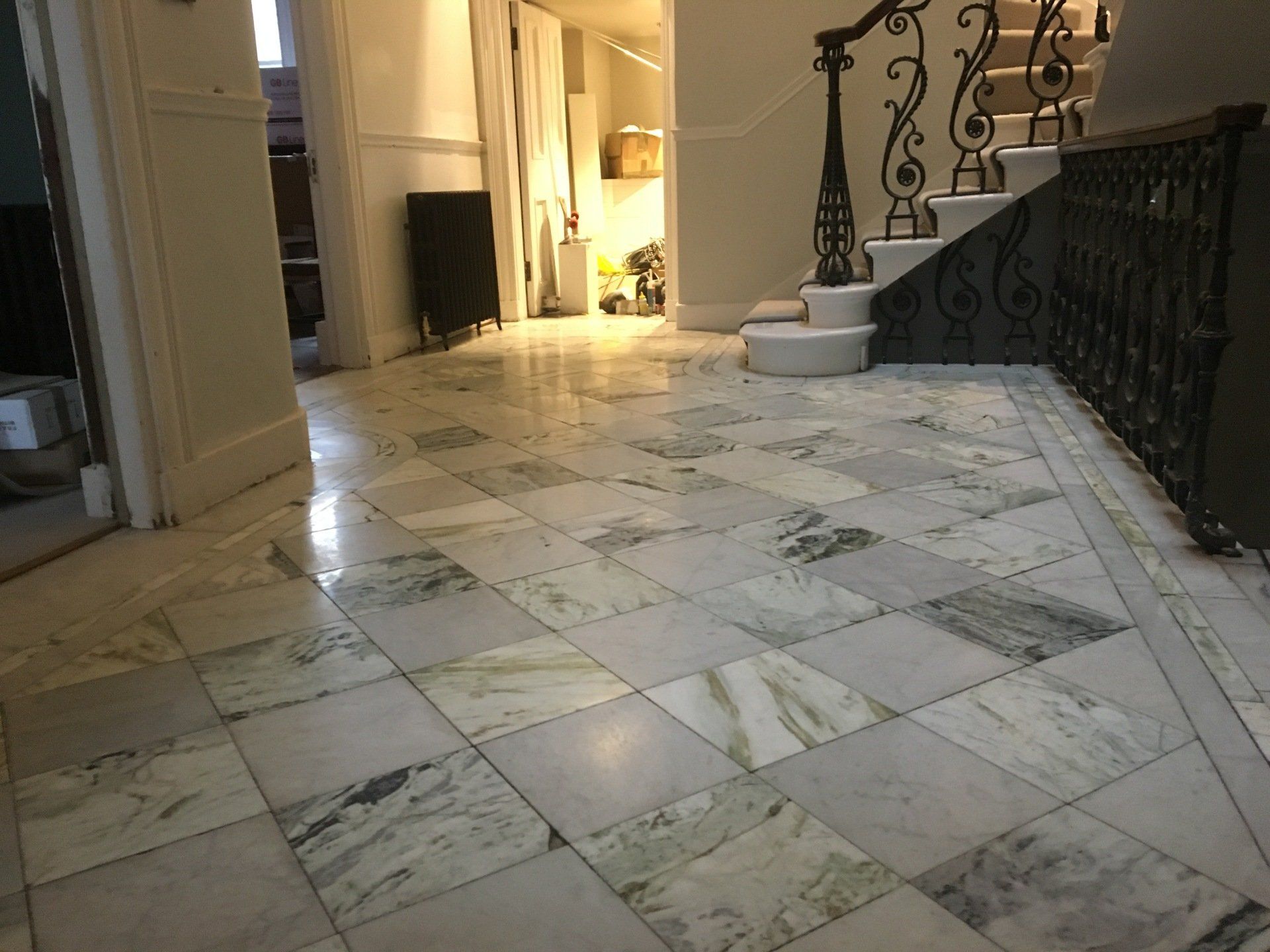Restoring stone exteriors can be both a rewarding and intricate endeavor, converting dilapidated structures into stunning exhibits of craftsmanship and timelessness. Whether it involves bringing back the shine of an old stone facade or repairing weathered pathways, the art of stone restoration is an expertise that necessitates attention to detail and a deep knowledge of substances. As more residents and rehabilitation enthusiasts aim to preserve their properties' historical integrity, the interest for successful stone restoration approaches increases.
In this guide, we will explore the key steps in stone restoration, common pitfalls to steer clear of, and the products most suitable for such projects. From recognizing when it’s time to revitalize your stone exteriors to discovering the guidelines of engaging in either self-directed methods or expert assistance, we will address everything you need to begin this venture from decay to restoration. The task at hand is not just about appearance; it represents our dedication to preserving history and ensuring that these gorgeous stone attributes continue a part of our landscapes for years to come.
Getting Started with Stone Renovation
Before starting a stone restoration project, it's essential to evaluate the condition of the stone surfaces you plan to restore. Start by reviewing the type of stone, its age, and the extent of the damage or wear. Look for cracks, spots, and surface erosion, as these considerations will guide the specific restoration techniques necessary. Comprehending the unique characteristics of the stone will assist you choose the right methods and materials for your project.
Once you have a clear assessment, the next step is to acquire the appropriate tools and materials. Depending on the level of the restoration, you may need cleaners, sealants, carving tools, and abrasives. It's crucial to choose products intended specifically for the type of stone you are dealing with to avoid further damage. If you're indecisive about what to use, consulting with a professional or doing thorough research can provide information into the best practices for your specific situation.

Ultimately, consider the option of taking a DIY approach or hire professionals for your stone restoration project. While some little restorations can be handled on your own, more complex or more intricate restorations might require specialized skills. Consider the benefits of each option, keeping in mind your budget, timeline, and the complexity of the restoration needed. At last, kicking off with the right note with careful planning will establish the foundation for a fruitful stone restoration journey.
Common Mistakes in Stone Restoration
One common mistake in stone restoration is neglecting to assess the type of stone being worked on. Different stones require unique cleaning methods and materials, and using the inappropriate products can lead to lasting damage. It is crucial to identify the stone's makeup and condition before starting the restoration process. Failing to do so can result in expensive mistakes and compromises to the structure's integrity.
Another typical error is over-cleaning the stone surfaces. While it may seem beneficial to eliminate all stains and dirt completely, aggressive cleaning can strip the stone of its natural patina and leave it vulnerable to future damage. Instead, it is advisable to use gentle cleaning techniques and avoid strong chemicals that could degrade the stone. Preserving the stone's character while ensuring cleanliness should be the main focus.
Finally, many restorers neglect the importance of proper sealing and maintenance after restoration. Not applying an appropriate sealer can leave the stone susceptible to moisture infiltration, which can lead to more deterioration. Regular maintenance is vital in preserving the beauty and longevity of restored stone surfaces. Implementing a solid maintenance plan allows homeowners to protect their investments and enjoy the results of their restoration efforts for years to come.
Preserving Your Restored Stone Surfaces
After your stone surfaces have been restored, it is crucial to create a regular maintenance plan to guarantee their longevity and beauty. Begin by regularly dusting and sweeping the surfaces to clear away loose debris and avoid scratches. For thorough cleaning, use a pH-neutral stone cleaner that will not damage the newly restored stone. Avoid acidic or abrasive cleaners, as these can harm the material over time. Regular maintenance not only boosts the appearance but also assists in identifying any potential issues early.
Sealing is an important part of maintaining restored stone surfaces. A high-quality stone sealer offers protection against stains, moisture, and other environmental factors that can weaken the integrity of the stone. Depending on the kind of stone and its location, the frequency of resealing may vary. Regularly check for signs that the sealant is wearing off, such as discoloration or reduced water resistance. Proper sealing can profoundly extend the life of your restored stone.
Finally, be mindful of furnishings placement and foot traffic patterns. Use protective pads under furnishing legs to prevent scratches and consider using area rugs in high-traffic areas. Educating family members and guests about the significance of staying away from the surfaces when wet can also be beneficial. By using Homepage , you will help preserve the charm and functionality of your restored stone surfaces for many years.
